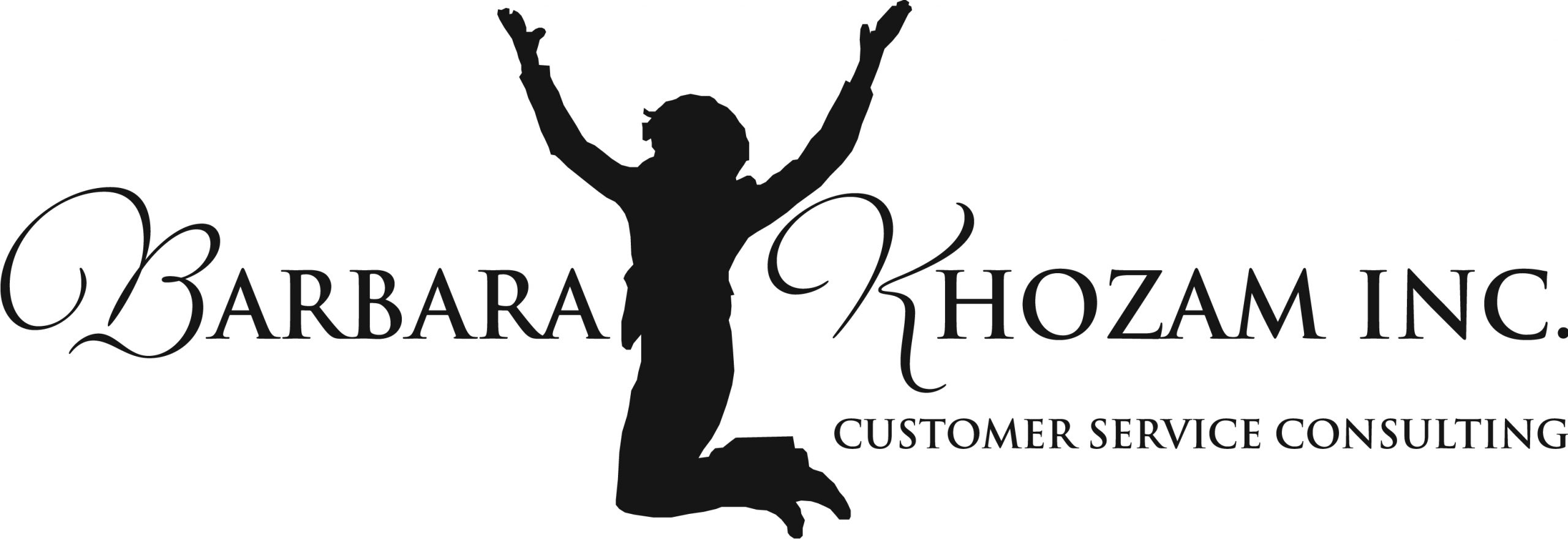In my last post, I wrote about giving employees the breathing room they need to deliver exceptional service. But a recent article I read got me thinking about whether or not we give employees the same freedom to draw the line with abusive customers—and doing so in a consistent way.
Real World Story: Most of us spend the time and energy to spell out the standards that our employees must meet to ensure the consistent delivery of exceptional customer service. And within these standards, we hopefully also spell out the flexibility that employees automatically have to go the extra mile to WOW our customers. But many of us neglect to spell out when our service reps can draw the line with abusive customers.
And it’s important to know that without well-defined standards in how to proceed with BAD customers, service agents are left to fend for themselves in their own way. Nothing will protect them more than written standards that they and you can refer to on a consistent basis.
Strategies that Turn it Around:
- Define Abusive Customer. Each person will have a different definition of what “abusive” is, depending on his or her personal disposition—some of us are extra sensitive while others are thick-skinned. For some, talking loudly may be abusive to them. For others, “abusive” may mean the use of profane words. And still for others, it may mean a directly hurled threat of harm. Therefore, it is important that your customer service standards define in writing what an abusive customer is, so everyone has a consistent way of correctly identifying such customers.
- Set Parameters. While the article I read gives extreme examples of abusive customers, it is important to set the parameters of how all employees de-escalate a situation before drawing the line. Do you expect employees to never hang up on customers, even if they meet your definition of “abusive”? Do you give abusive customers a warning before finally ending a call? Do you have a checklist of warnings and actions that employees must first take before handing over the call to a supervisor or ending the call immediately? Don’t assume that all your employees know how to handle abusive customers. Therefore, ensure that you write down the parameters for handling BAD customers, so everyone has a consistent way of handling abusive situations.
- Train Employees. Once you have standards, start training employees on using de-escalation techniques. Employ a variety of role-playing methods in a non-threatening environment in which participants feel safe practicing and developing these new skills.
- Draw the Line. Once you universally define what “abusive customer” means to your organization, and you have set the parameters and written down standards for how service agents are authorized to proceed to protect themselves from abuse, as well as trained in a safe environment, you can then confidently allow them to draw the line in a consistent and acceptable way.
Remember: It’s great to give employees the standards they must meet to WOW our customers, but we must also give employees the standards that protect them from abusive customers.
How do you empower your employees to protect themselves from abusive customers?

